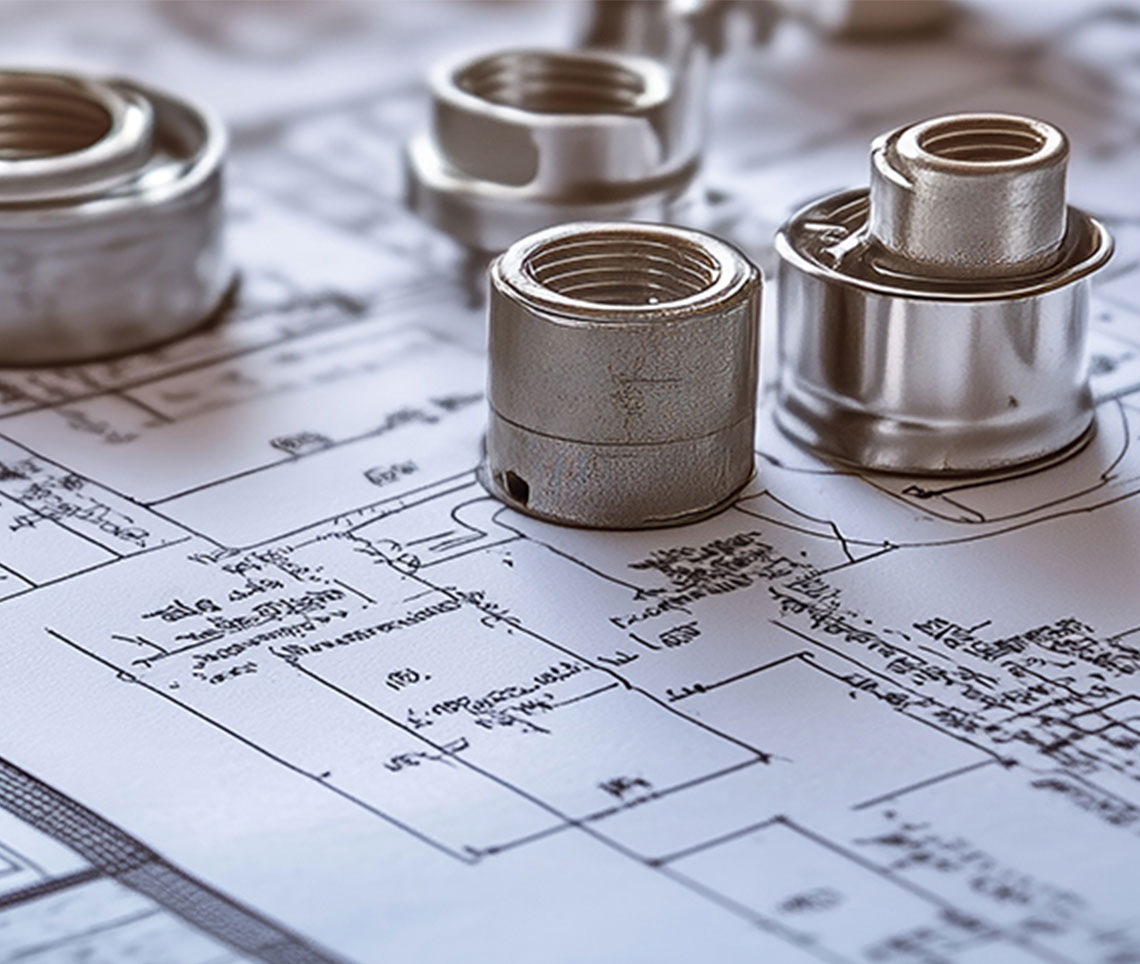Static Pressure Testing
August 11, 2021 Jeff Rosenblum
Being able to calculate the static pressure in a duct system is critical, whether you are performing service or designing a new system. When we refer to static pressure, exactly what are we referring to?
Static pressure is simply the force exerted against the sides of the duct (Think about measuring blood pressure.). This means it’s not the pressure of the air moving through the duct (that is called velocity pressure) but rather it is pressure pushing against the sides of the duct. Knowing the static pressure of the system can tell you if there is a restriction in the duct system or if the duct system is simply too small for the amount of air that needs to be moved.
Static pressure is measured in inches of water column ("WC). In order to accurately measure static pressure, you must have a high-quality digital differential manometer (like the UEI EM201SPKIT).
When using a manometer, you need to first zero it out to room pressure. Next, place the negative side hose with the static tip in the return drop of the unit after the filter but before the blower and record the reading. Then, place the positive probe in the supply duct, before the coil and record the reading. It is recommended to use a static pressure tip in order to obtain the most accurate readings. Take both readings and add them together. Do not pay attention to the + or – signs, just the numbers. This sum of the two numbers is the total external static pressure of the system.
Normal design static pressure of residential systems is 0.5”WC.
Static pressures above 0.7″ in a residential system means that this system could have airflow problems. High static pressure can cause issues like: the unit cycling on the primary limit in heating or freezing the coil in cooling or general lack of comfort are common issues. As always, check with the manufacturer of the unit for the designed static. Make sure, whenever possible, to design your residential equipment/ductwork so the result is 0.5” of total static.
If the static is too high, then look at the return and supply numbers separately to see which is higher. Whichever reads higher is usually the greater cause of the issue. Most issues are a result of an undersized return.
This is just the tip of the iceberg. There are several classes dedicated to static pressure and airflow testing.
Jeff Rosenblum
Technical Support
21 Years Industry Experience
Cell (330) 962-2491
[email protected]















